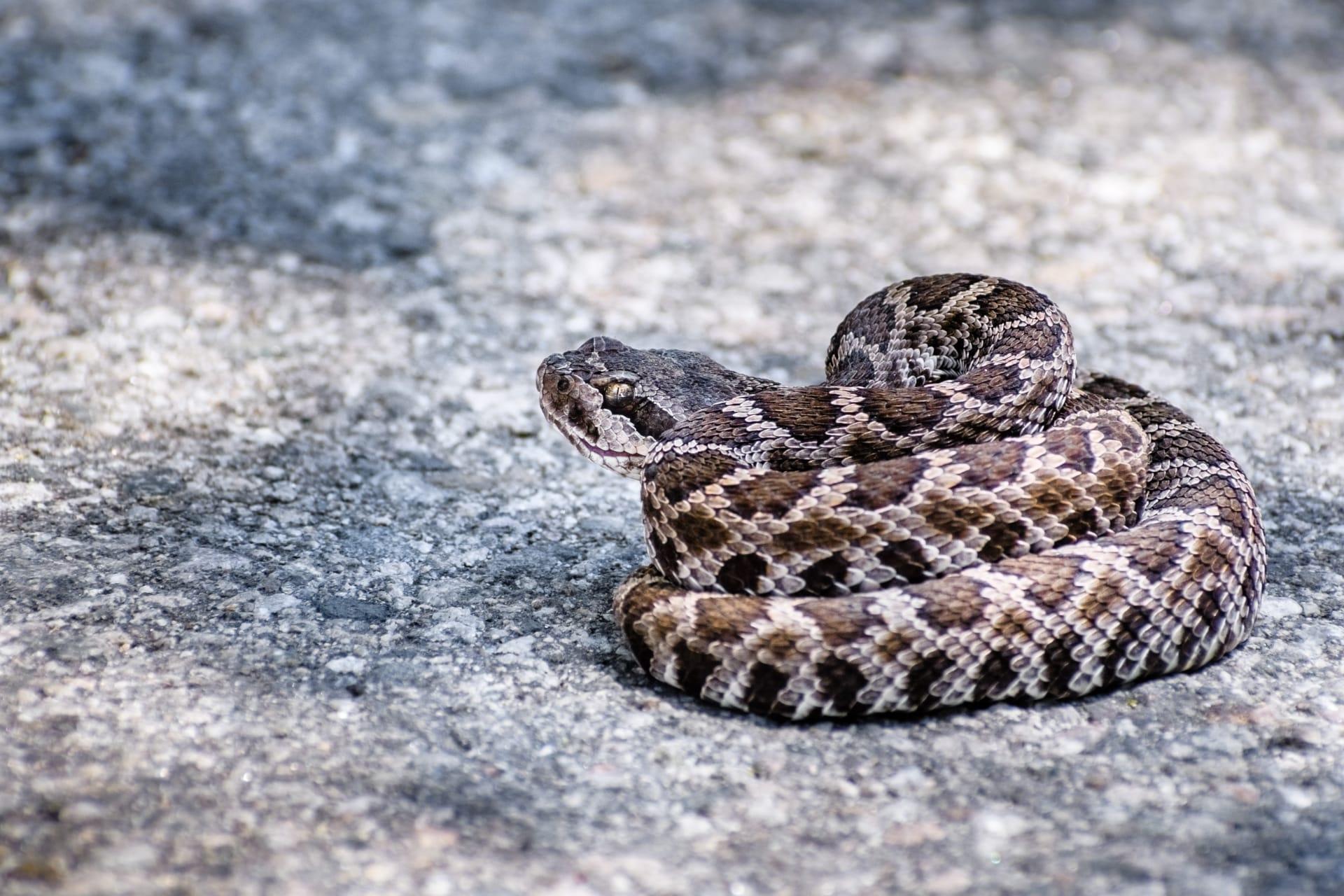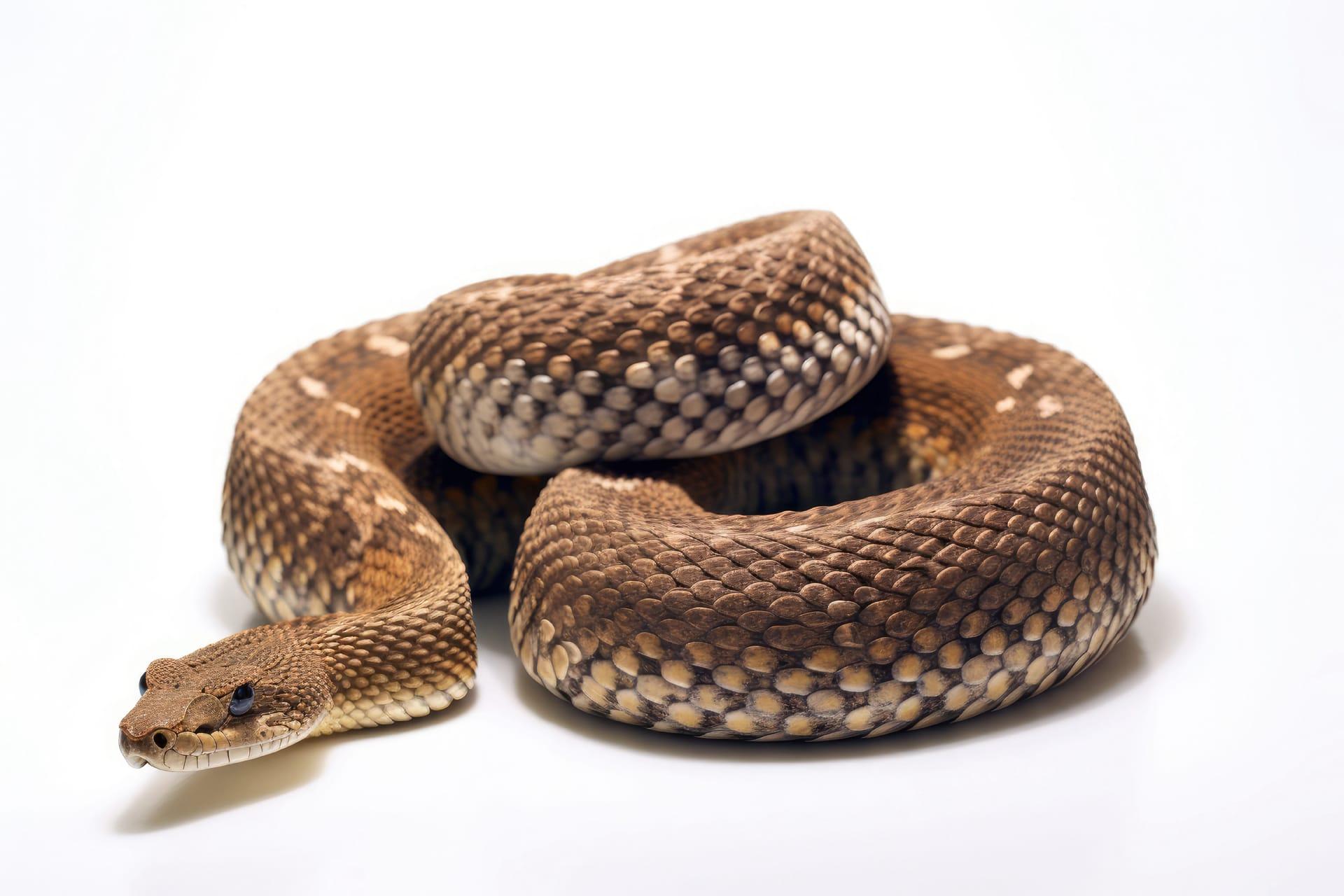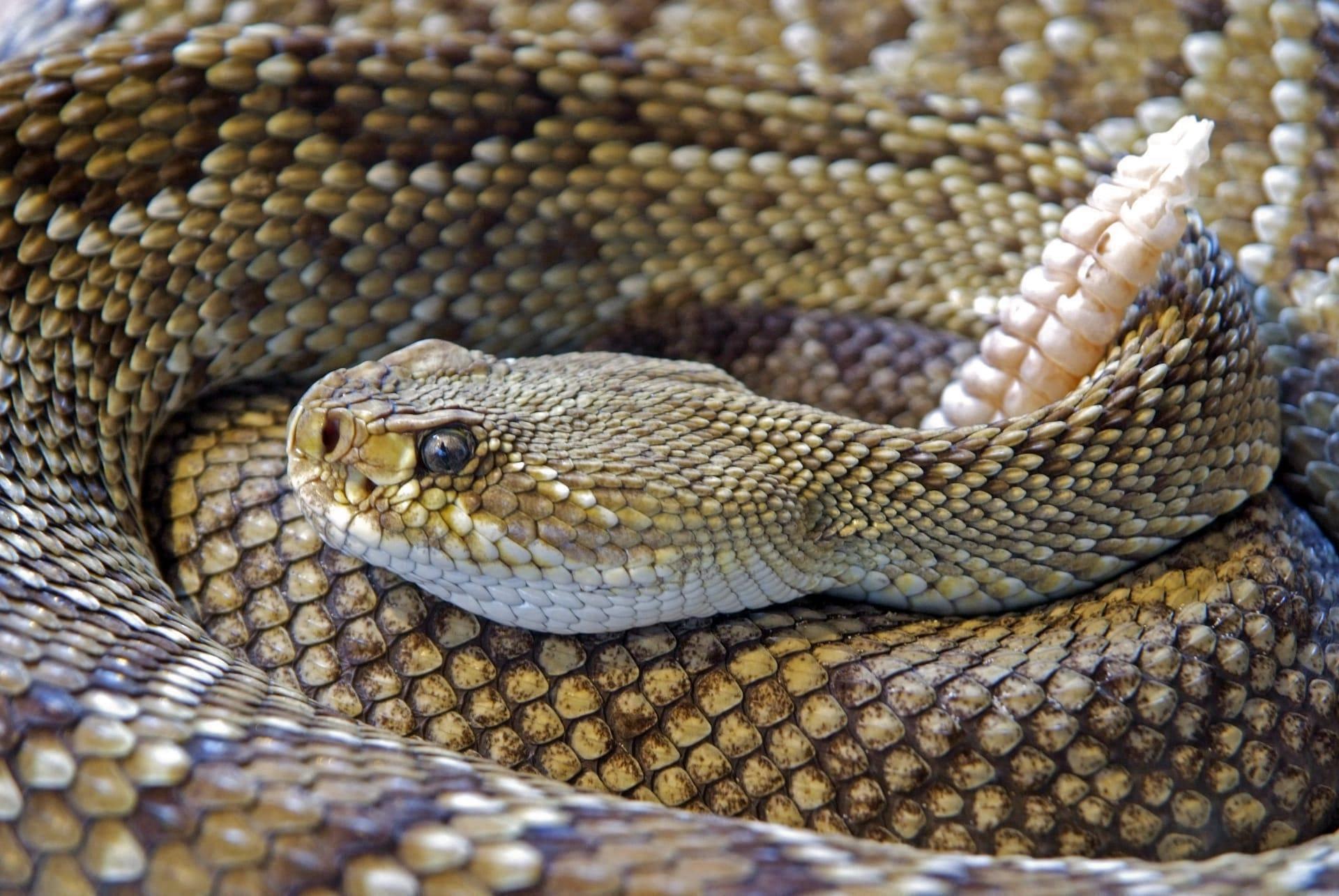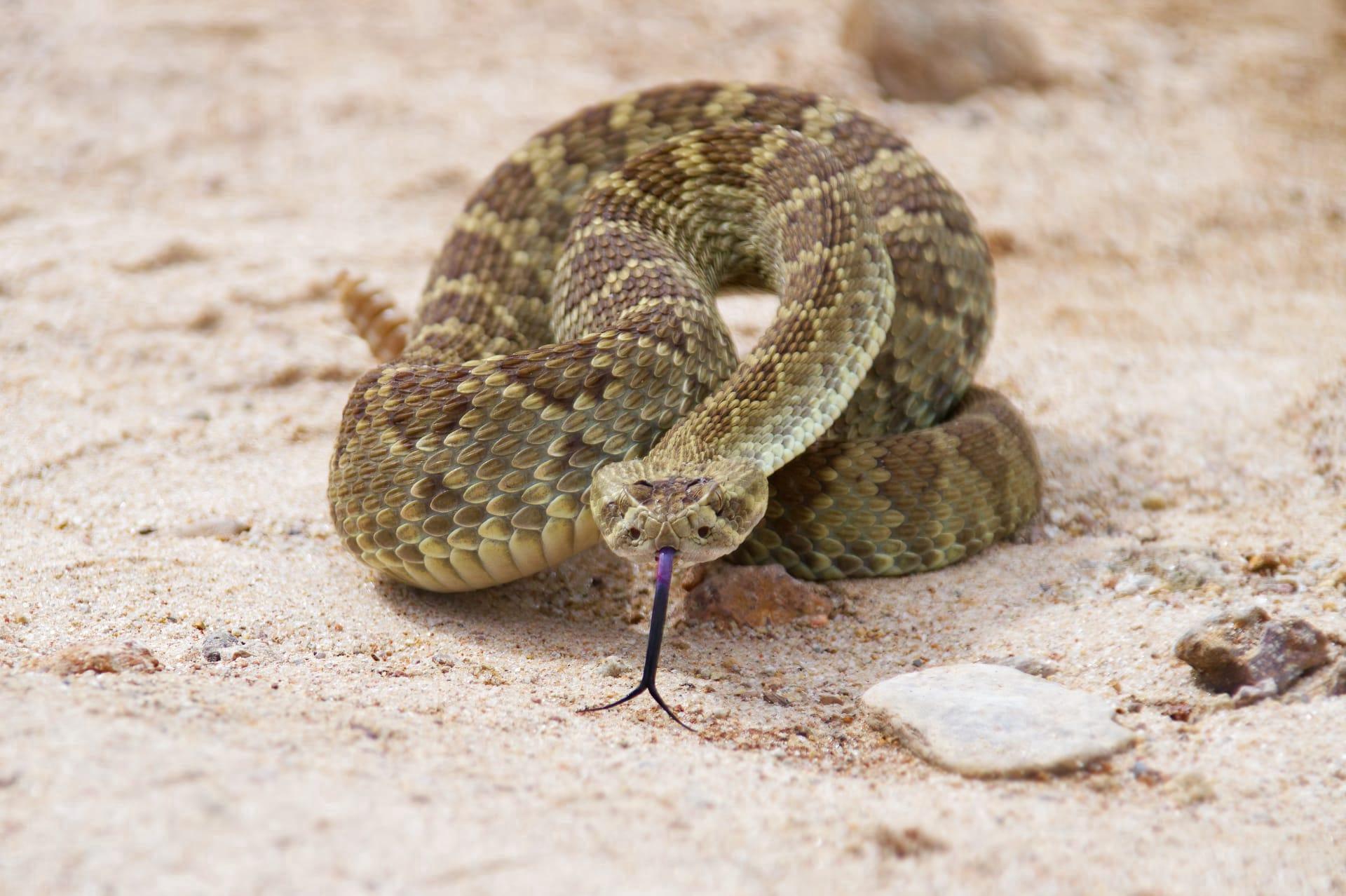Rattlesnake
- Home /
- Mini Encyclopedia /
- Animal /
- Rattlesnake
1
Rattlesnakes, intriguing members of the Viperidae family, are predominantly found in the Americas. This group is comprised of about 36 species, each possessing its unique characteristics and adaptations. Central to their identity is the rattle at the end of their tails, a trait exclusive to this genus, Crotalus. Each species varies in size, color, and behavior, but all share the distinctive rattle. Some well-known species include the Eastern Diamondback, the largest, and the Mojave Rattlesnake, noted for its potent venom.
Rattlesnakes inhabit diverse environments across the Americas, from southern Canada to central Argentina. Their habitats are as varied as their species, including deserts, grasslands, forests, and even rocky hillsides. The Eastern Diamondback, for instance, is primarily found in the southeastern United States, while the Sidewinder is more common in desert regions of the Southwest. These snakes are often associated with dry, arid climates, but some species like the Timber Rattlesnake thrive in moist, forested areas. Adaptability to different environments is a key to their survival, allowing them to thrive in a wide range of climates and conditions.

2
Question: Do rattlesnakes always rattle before striking?
Answer: Contrary to popular belief, rattlesnakes don't always rattle before striking. The rattle is a warning mechanism, used when the snake feels threatened and needs to defend itself. However, in situations where a rattlesnake feels an immediate threat or is caught by surprise, it may strike without rattling. The absence of a warning rattle in such scenarios is a reminder that these creatures rely on various defensive tactics, not solely their iconic sound.

3
Rattlesnakes have evolved several strategies to survive in their environments. One key adaptation is their heat-sensing pits located between the eyes and nostrils, allowing them to detect warm-blooded prey even in darkness. Their venom, a complex mixture of enzymes and toxins, is another critical adaptation. It serves two purposes: subduing prey and initiating the digestive process. Moreover, their distinctive rattle, made of interlocking keratin segments, is used to warn potential predators and prevent accidental encounters. Camouflage also plays a significant role in their survival, with their skin patterns and colors blending seamlessly into their surroundings.
Seasonal behavior is another aspect of their survival strategy. In colder months, rattlesnakes often brumate, a hibernation-like state. They gather in communal dens, which can sometimes house hundreds of snakes. This behavior ensures their survival during periods when food is scarce and temperatures are too low for regular activity. During warmer months, they are more active, especially during dusk and dawn, when they hunt for small mammals and birds.

4
In the ecosystem, rattlesnakes play a crucial role as both predators and prey. As predators, they help control the populations of small mammals like rodents, which can become pests if their numbers grow unchecked. This control is essential for maintaining the balance in ecosystems, particularly in agricultural areas where rodents can damage crops. Rattlesnakes also consume other small animals, contributing to the biodiversity of their habitats.
As prey, rattlesnakes are an important food source for a variety of larger predators, including birds of prey like eagles and hawks, and mammals like foxes and coyotes. Their presence in the food chain helps sustain these predators, contributing to the overall health and balance of the ecosystem. Additionally, their venom has been studied for medical purposes, including research into treatments for conditions like blood clots and high blood pressure, demonstrating their indirect contribution to human well-being.

5
Film: One notable documentary is "Rattlesnake Republic," produced in the United States and aired in 2012. This series focuses on the lives of professional rattlesnake hunters in Texas, delving into the dangers and challenges they face. It provides insight into the snake's behavior, habitat, and the controversial practice of rattlesnake roundups, where thousands of snakes are captured or killed annually.
Book: "Rattlesnakes: Their Habits, Life Histories, and Influence on Mankind," written by Laurence M. Klauber, is a comprehensive study on rattlesnakes. Published in the United States in 1956, this two-volume set is considered a classic in herpetology, offering detailed insights into the biology, behavior, and various species of rattlesnakes.
Book: Another significant work is "America's Snake: The Rise and Fall of the Timber Rattlesnake" by Ted Levin, published in the United States in 2016. This book explores the history, biology, and ecology of the Timber Rattlesnake, interweaving scientific facts with cultural and historical perspectives. It highlights the snake's role in American history and its current status as a threatened species.